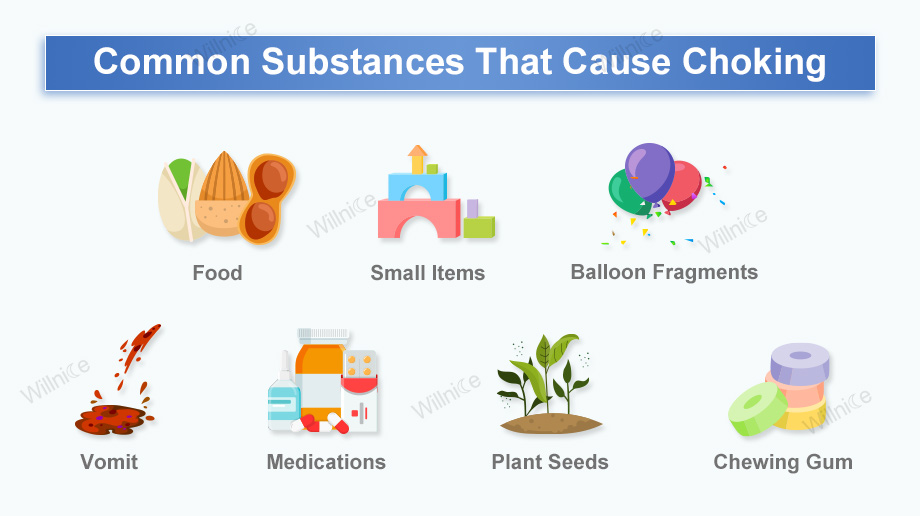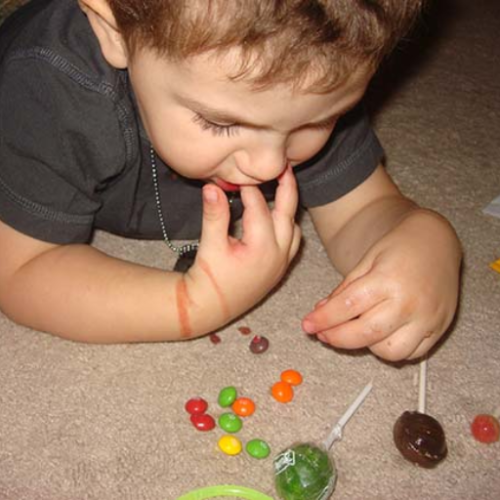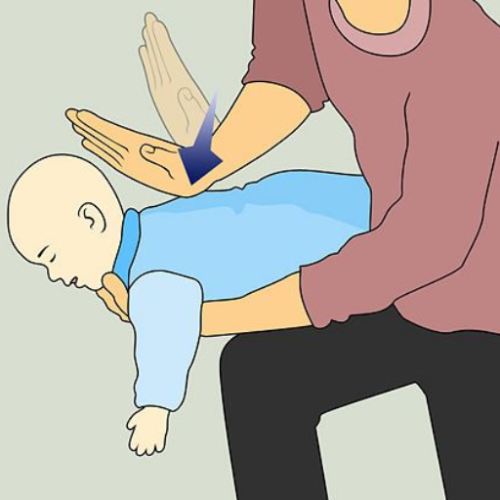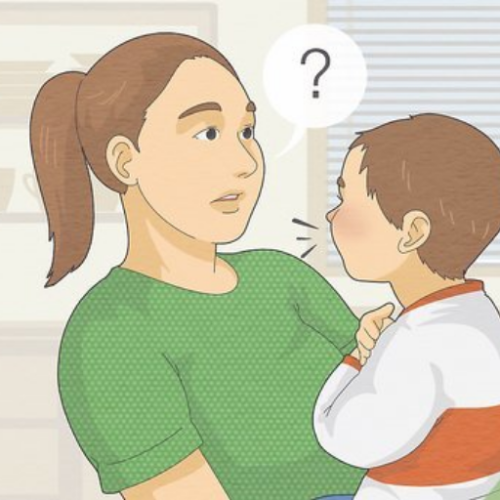
Preventing choking incidents is crucial for ensuring the safety of infants and children. By implementing simple yet effective measures, you can significantly reduce the risk of choking.
1. Supervise Mealtime:
Always supervise infants and young children while they are eating. Encourage them to sit upright and take small bites, chewing thoroughly before swallowing. Avoid distractions during mealtime to promote focused eating.
2. Offer Appropriate Foods:
Introduce age-appropriate foods that are easy to chew and swallow. Avoid giving infants and young children hard, round, or small-sized foods that pose a choking hazard, such as whole grapes, nuts, popcorn, and chunks of meat.
3. Cut Food into Small Pieces:
Cut fruits, vegetables, meats, and other foods into small, manageable pieces. This reduces the risk of large, unmanageable chunks getting lodged in the throat.
4. Be Mindful of Small Objects:
Keep small objects, such as coins, buttons, batteries, and small toy parts, out of reach of infants and young children. Regularly inspect their play areas and remove any potential choking hazards.
5. Store Hazardous Items Safely:
Ensure hazardous substances, such as cleaning products, medications, and small magnets, are stored securely and out of reach. Use childproof locks on cabinets to prevent accidental access.
6. Teach Safe Eating Habits:
Educate older children about safe eating habits, emphasizing the importance of chewing food thoroughly, not talking or laughing with a mouthful, and not rushing while eating.
7. Be Prepared:
Consider taking a CPR and a choking first aid device to equip yourself with life-saving skills in the event of a choking emergency. Knowing how to respond promptly can make a significant difference in the outcome.
Conclusion:
Preventing choking incidents in infants and children requires vigilance and proactive measures. Remember to store hazardous items safely and be prepared with life-saving skills. With these preventive measures in place, you can create a safer environment for your little ones and minimize the chances of choking accidents.








 Login with Google
Login with Google Login with Facebook
Login with Facebook